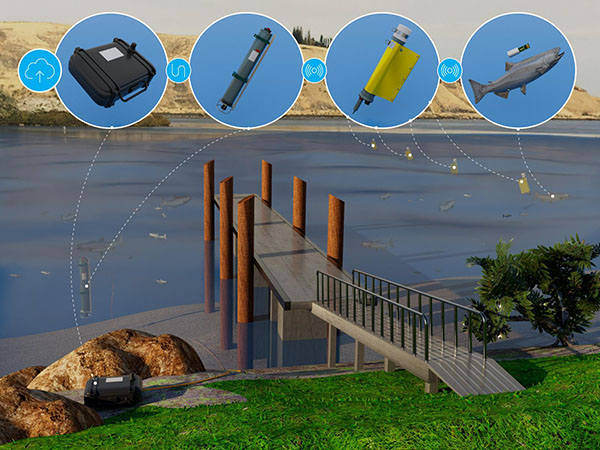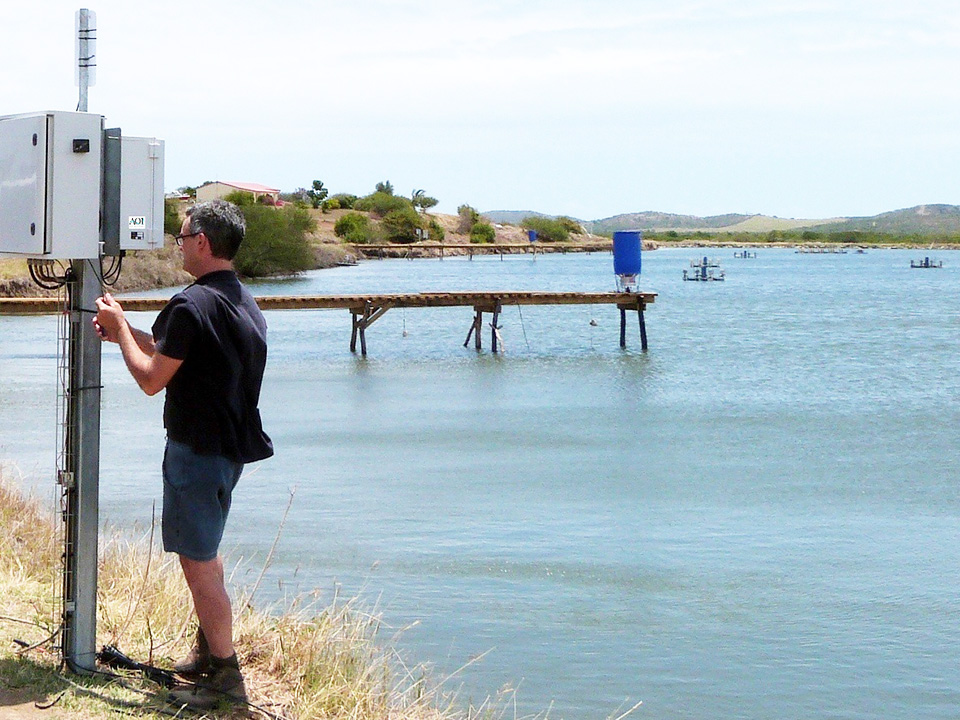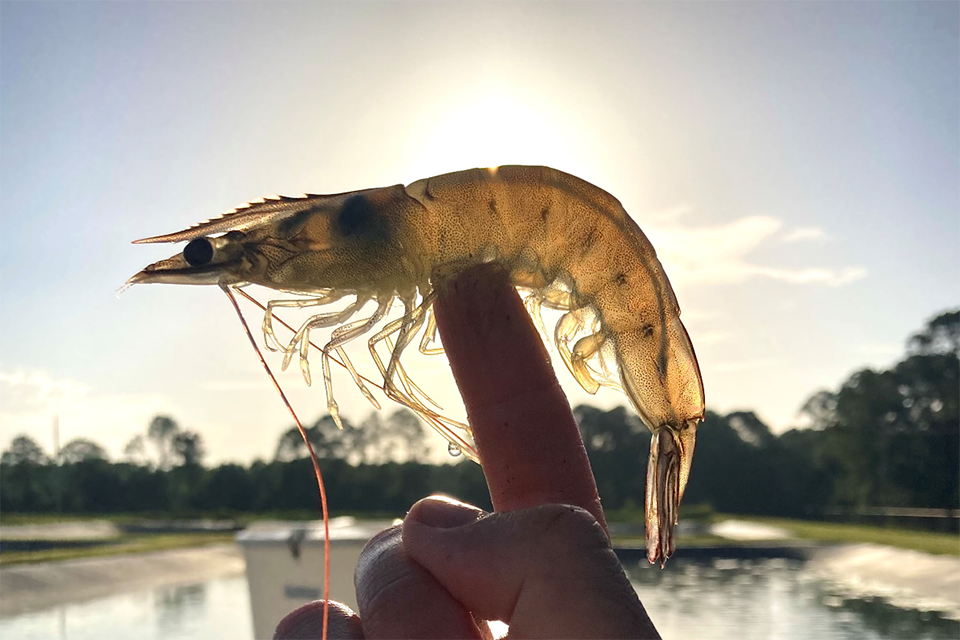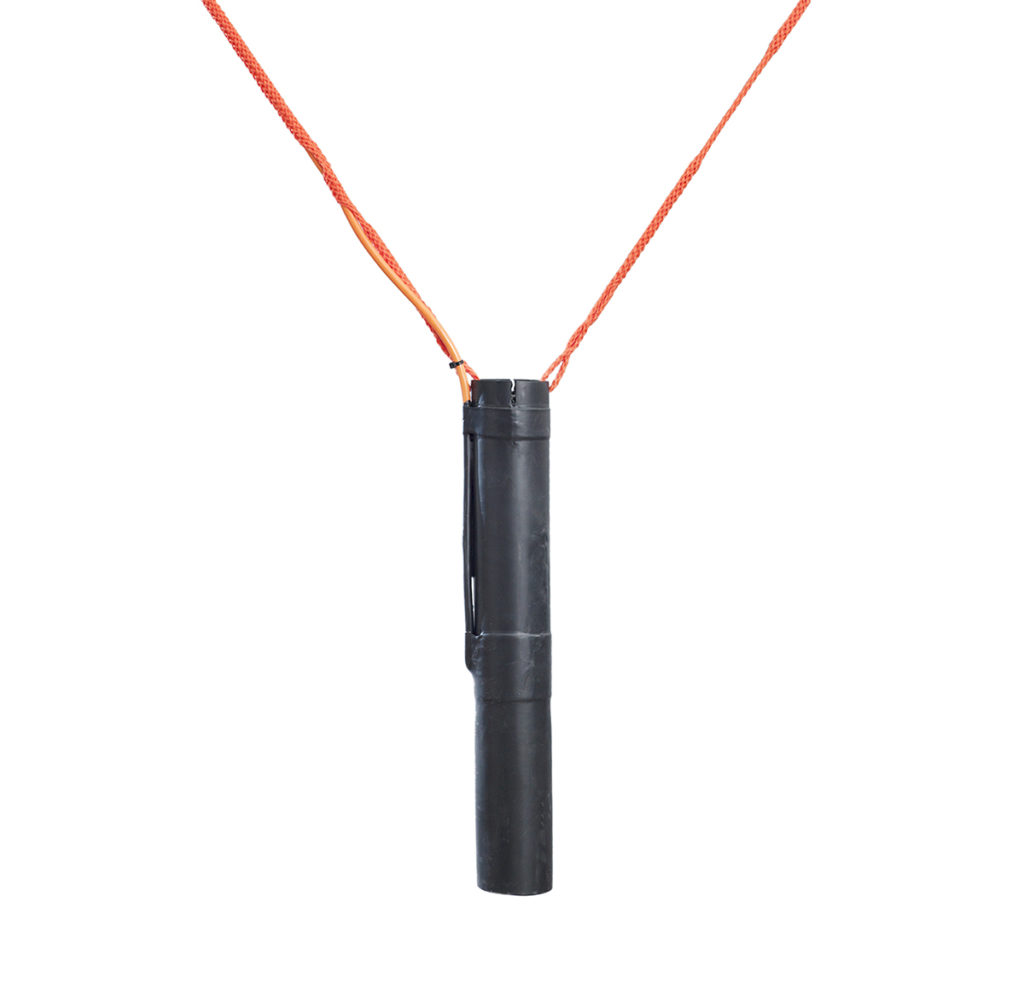New acoustic receiver enables ‘timely’ fish tracking to support fish passage through hydropower dams

Researchers at the Pacific Northwest National Laboratory (PNNL) have developed an acoustic receiver that sends near-real-time fish tracking data to the digital cloud. Instead of relying on seasonal estimates of fish migration from previous years, the researchers claim that data from tagged fish will help support more informed and timely decisions about dam operations that affect fish passage, such as when, where and how many fish are expected to pass through dams.
“This receiver provides up-to-the-hour data to dam operators to assist in making informed day-to-day decisions in support of fish passage, like adjusting water flow when it’s clear that a large group of juvenile fish is approaching the dam,” said Jayson Martinez, a PNNL mechanical engineer who co-developed the receiver.
Hydropower dams are an important source of dependable renewable energy, generating about six percent of total electricity in the United States. Helping fish navigate them safely is a key part of reducing dams’ environmental impact. The new receiver is a critical piece of the puzzle in the ongoing endeavor to improve fish passage.
“For the last two decades, acoustic telemetry has been the researchers’ tool of choice to provide high accuracy, remote fish tracking,” said Daniel Deng, PNNL Laboratory fellow and mechanical engineer. “We’ve been working on making better, smaller transmitters that can be used to study more fish species and life stages. But improving the transmitter is only half of the challenge, the other half is improving the receiver.”
Currently available receivers come with some significant limitations. Cabled receivers can transmit data to shore in real-time, but they must be powered by onshore infrastructure, which limits their placement to areas where power is available. Autonomous receivers can be deployed in locations without cabling and onshore infrastructure, but they must store tracking information locally until it can be manually collected – meaning fish tracking data are not available in real-time.
To address these limitations, the researchers developed an autonomous acoustic receiver that can wirelessly upload information to the cloud while deployed underwater in remote or hard-to-reach locations along streams and rivers.
“Our ultimate goal is to try and provide real-time information on fish location and health, and this receiver is a big step towards that goal, providing hourly data updates to dam operators,” said Deng.
The receiver is also a flexible platform that could accommodate multiple sensors to collect various data. These receiver platforms could provide simultaneous near-real-time data on water quality and environmental conditions along with fish location, answering valuable questions about fish and river health in a changing climate.
“Real-time information about fish location and environmental conditions, including in remote or difficult-to-access areas, are potentially very valuable for building environmental models to understand river habitats and fish populations in light of climate change,” said Martinez.
Now that the receiver has been demonstrated in a controlled testing environment, the scientists plan to adapt it for large-scale deployment in the future. Read more about the acoustic receiver here.
Follow the Advocate on Twitter @GSA_Advocate
Now that you've reached the end of the article ...
… please consider supporting GSA’s mission to advance responsible seafood practices through education, advocacy and third-party assurances. The Advocate aims to document the evolution of responsible seafood practices and share the expansive knowledge of our vast network of contributors.
By becoming a Global Seafood Alliance member, you’re ensuring that all of the pre-competitive work we do through member benefits, resources and events can continue. Individual membership costs just $50 a year.
Not a GSA member? Join us.
Author
-
Responsible Seafood Advocate
[103,114,111,46,100,111,111,102,97,101,115,108,97,98,111,108,103,64,114,111,116,105,100,101]
Related Posts

Innovation & Investment
Acoustic control improves feeding productivity at shrimp farms
In systems recently developed for shrimp farms, passive acoustic-based technology enables sensor-based control of multiple automatic feeders. Improved growth and feed conversion have been recorded at commercial farms using the technology.

Responsibility
The sounds of settlement: Marine acoustics could revitalize ecosystems and enhance fisheries and aquaculture management
Researchers consider the implications of underwater acoustics in restoring marine ecosystems, rebuilding biodiversity and improving fisheries.

Health & Welfare
Attractants, acoustics and soy-optimized diets for Pacific white shrimp
The addition of fish hydrolysate to soy-optimized diets can increase feed-response intensity in L. vannamei in semi-intensive pond culture.

Innovation & Investment
Fish behavior-tracking tech aims to curb aquafeed wastage
Overfeeding is a waste stream for aquaculture. Underwater cameras in pens help, but a company mixing hydroacoustics and machine learning has another idea.



